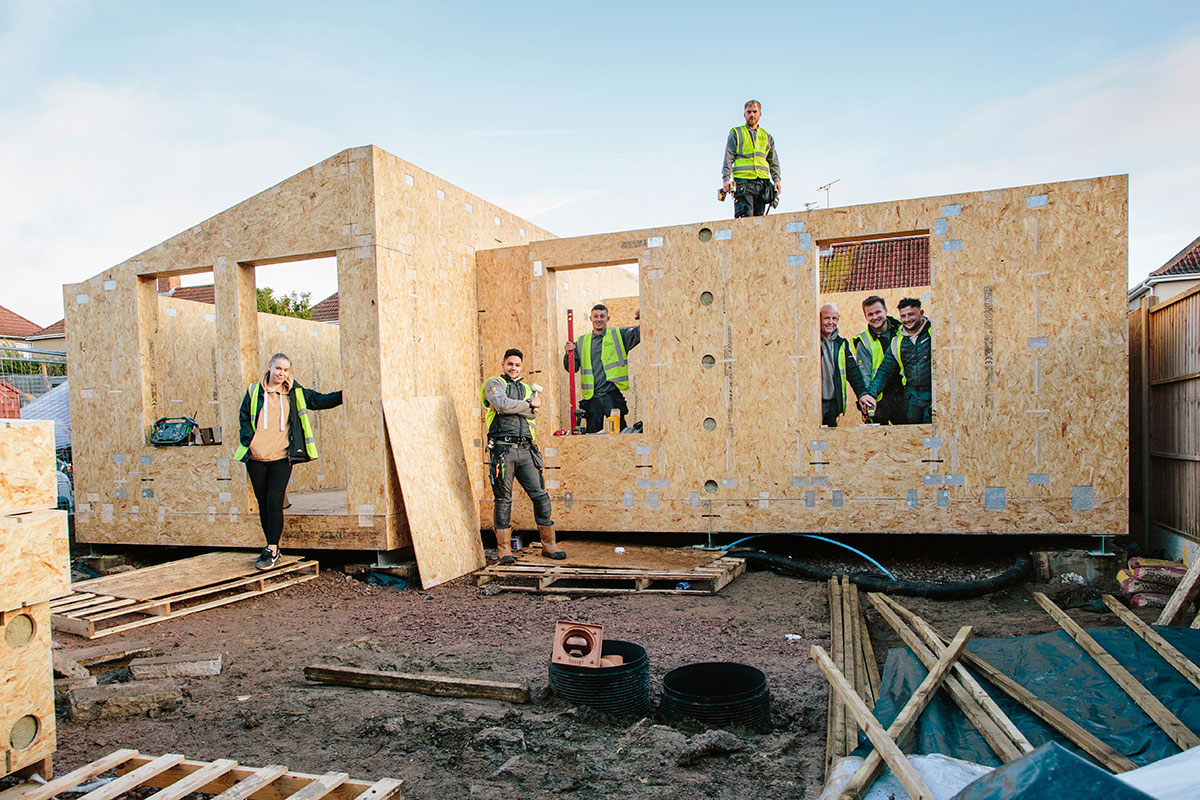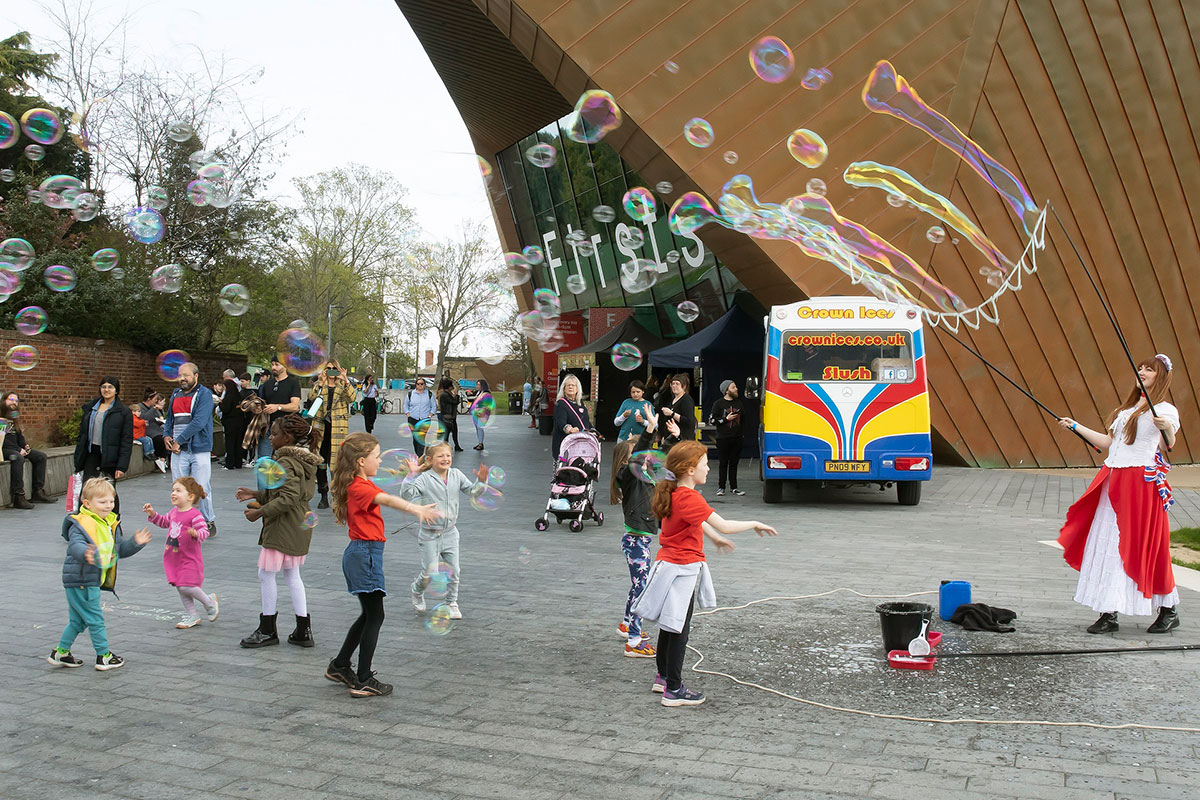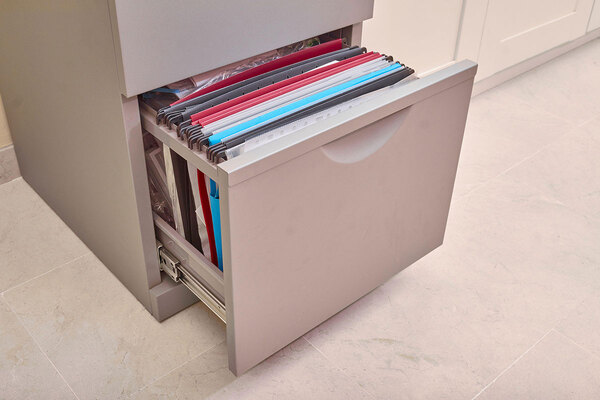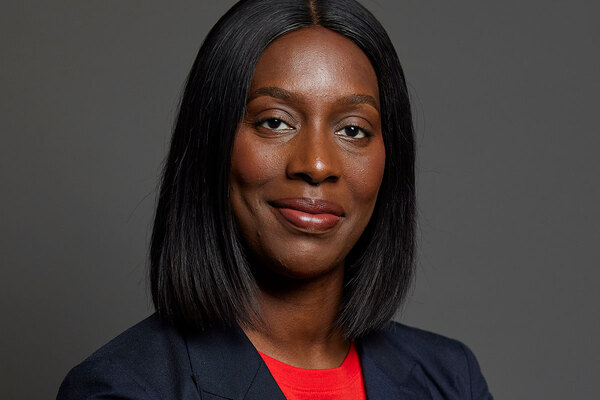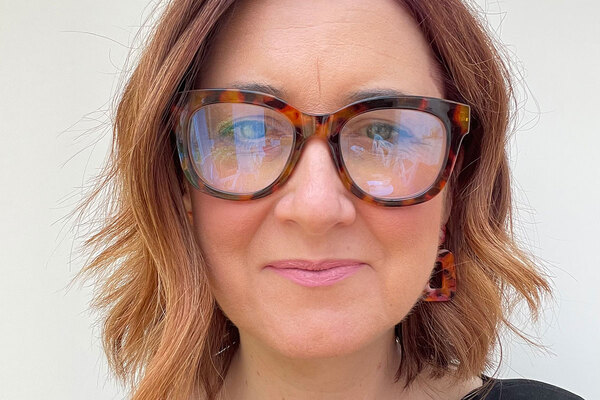You are viewing 1 of your 1 free articles
Southern Housing’s seven principles for successful co-creation in housing
The English housing regulator wants social landlords to make sure tenants have influence over services. Martin Hilditch speaks to a 77,000-home housing association that has embraced co-creation. Illustration by The Boy Fitz Hammond
The consultation on a new set of consumer standards designed to reshape the relationship between social landlords and tenants in England has closed. The Regulator of Social Housing was seeking views on four consumer standards that set out its specific expectations of social landlords from April 2024.
One significant change is the replacement of the Tenant Involvement and Empowerment Standard with the new Transparency, Influence and Accountability Standard. It will no longer be enough just to consult tenants on service delivery; now it must be clear how they can “influence decision-making and hold their landlord to account”.
The consultation talks explicitly about the new standard supporting a “shift in culture”.
So, what will the future look like for social landlords and tenants as a result? One landlord that might provide an insight is 77,000-home Southern Housing.
It – or rather Optivo, one of the social landlords that merged to form the new group earlier this year – has been exploring the co-production of services with tenants and residents for a number of years. The group defines co-creation as “staff, residents and stakeholders working together as equals to design brilliant services”. While more traditional (at least for the housing sector) tenant engagement approaches might ask for feedback on proposed service changes, co-production aims to put them on an equal footing with the housing professionals in the room.
If this is what the future looks like – and the new standard nudges landlords firmly in this direction – what tips might the sector pick up from Southern?
To find out, Inside Housing visited the housing association’s head office to speak to the team embedding co-creation across the organisation.
Here are the seven principles it is working to.
Be transparent, open and honest
If the regulator’s new consumer standard flies the flag for transparency, then Southern should be well on track. It made transparency the first principle of its approach.
Lewis Kinch, co-creation and innovation manager at Southern, says it is vital that staff and residents have a common starting point when it comes to service design.
“This means that we are sharing all of our information, so everybody starts at the same point. You can’t really have an equal partnership if I’ve got some information [that means] I’m working on a different page, or there is an agenda going on behind the scenes that you don’t know about,” he says.
That could mean that co-creation isn’t appropriate for all areas of a landlord’s operations. But for any project to truly claim to involve co-creation, Mr Kinch believes that organisations need to “be able to share all the information about the project, all the aims, all the goals”.
Create inclusive spaces
This isn’t just about being physically inclusive in terms of people being able to access meetings, “this is actually about people feeling comfortable to contribute”, Mr Kinch says.
“So if we invited you into the building here, and you sit in the boardroom with directors, do you actually feel comfortable to contribute? Or should we be going to your community and sitting in a community centre, or cafes?” he asks.
For Alan Strickland, corporate director of external affairs and resident involvement at Southern, that means first recognising that there is a “power dynamic in an organisation between customers and leadership” and then taking active steps to break it down.
That could mean not holding meetings in offices, but equally, it could mean not wearing suits to meetings, or staff introducing themselves as “the director of” a particular service.
“There’s all of these small social cues. Without realising it, people [can] just enforce their position in the hierarchy,” Mr Strickland adds. “It’s getting staff to recognise that if I use a job title, and I’m dressed differently [and] I dominate the conversation, well, actually that silences a lot of people in this room.”
Invite challenge
This might be the most uncomfortable principle of all for many organisations – after all, who likes criticism? (Most journalists can say with some authority, “not everybody”.)
For Southern, the third principle of co-creation is to open yourself up to challenge and listen rather than push back. But what if someone is telling you your service is terrible?
“Don’t defend it,” Mr Kinch says. “It’s about being humble and saying, ‘OK, let’s take that challenge and let’s think of new ways to approach things,’ rather than getting immediately defensive because you feel uncomfortable.”
This means making sure staff members feel they will be backed in their organisation because, professionally, they may have had to defend service provision in front of managers or directors in the past.
“We just said [to staff], ‘Look, we’re not here to win, we’re not here to prove anyone wrong. Their experiences are right, they’ve had an experience.’ We have to accept that. We’re here to build relationships. And the way you do that is by listening and taking on board what they say [to fix] it,” he says.
Involve people from beginning to end
Traditional approaches to resident engagement might involve approaching residents for feedback or opinions when a plan has already been drawn up. This builds the potential for conflict into the system.
“If you involve residents from the beginning, the very scope of the project is different, because you don’t have a professional making assumptions about what’s going wrong. You are listening to residents about their lived experience,” Mr Strickland says.
Be prepared to resource co-creation
This may be the point where the chief executives, finance directors and boards who have been nodding along up until now, suddenly narrow their eyes.
Southern’s fifth co-creation principle states explicitly that “effective co-creation takes time and money”. An example of this would be for the landlord to provide financial incentives for residents to take part on some projects – not an approach typically taken when it comes to resident engagement.
“I think that is really important. I’m being paid to sit there. All the staff are being paid to sit there,” Mr Kinch points out.
There is obviously a practical reason for paying – “we just get more people in” – but there is also an important principle at stake, Mr Kinch suggests.
“We’re valuing their time. We’re saying, ‘I’m not just trading time for money, you’re giving me something, so I should give you something back,’” he adds.
Recognise the value of lived experience
“Lived experience is as valuable to us as learned knowledge,” Mr Kinch says. This also means that if you are looking to redesign a particular service, you should recruit from people who use the service. Recruitment should be targeted, rather than simply represent a cross-section of all residents.
“It’s about people who understand that service. I’ve done it before, where you talk to someone for an hour and they go, ‘I’ve never actually used that service. That’s what I imagine it would be like.’ I mean, I can imagine. It’s really changed the quality of the feedback, that lived experience,” he says.
For Mr Strickland, a director or manager running a service would, in normal day-to-day operations, have a number of key performance indicators that they would be monitoring and be accountable for.
“That’s the limit of what you formally know,” he adds. “You don’t really know how it feels to live in the homes.”
Constantly review and improve
This principle is otherwise known as: don’t walk off into the sunset.
Designing the service is only the start. Once it is up and running, both the service and the process should be reviewed and, if necessary, improved.
Share the success stories, too. “It’s really important that we have a good internal reputation and that people want to work with us,” Mr Kinch says.
At Southern, the co-creation team will be approached by different departments to work on particular projects or services. “The start of that for us was to build a high-skilled and high-performing team,” he says.
Go your own way
Southern doesn’t have an eighth principle for co-creation, but if it did, it would be: don’t think you can simply copy Southern’s approach.
“You have to co-create co-creation,” Mr Strickland says. Or to put it a different way: “You have to work out what it means to you.” He says he has been approached in the past by people who say, “‘Can we pay you to come in? Can you just give us your model?’ They’ve just totally missed the point.”
When Southern started its journey, back in 2020, it put together a working group of residents, board members and staff, working as one team, to co-create its approach. Each meeting was chaired by a representative from a different group, alternating between Mr Strickland, board members and residents, “and then we just kept going round the room”.
The overall ethos of “working together to design brilliant services” emerged from this process.
“The members of that group, and in particular the residents, were really clear that, for us, this is about improving services, not a talking shop. It would have really hard practical outcomes,” Mr Strickland adds.
Since then, co-creation has been used to redesign or create a number of different services and projects, including Southern’s approach to anti-social behaviour and the way it engages with residents when it comes to building safety. On the latter, it worked with residents to understand their preferred communication methods and engagement activities.
While each project will differ, initial engagement might start with tenant surveys or one-on-one interviews, or potentially some workshops with residents and staff, depending on feedback.
“We might want to speak to staff about what the challenge is with delivering the service, or with residents around what is or what’s not working,” Mr Kinch says. “The co-creation would be when we are bringing people together to tackle those challenges.”
Crucially, the decisions are taken collectively.
“It’s more stakeholders at the table, more shared decision-making [than traditional engagement methods]. So whether it’s delivery staff, residents or external stakeholders, it’s shifting away from that [single] decision-maker,” he says.
As things stand, the regulator’s new standards emphasise the need for landlords to work “with their tenants to understand where they can make improvements, not just to their tenant engagement, but all landlord services”.
It adds that “registered providers, working with tenants, must regularly consider ways to improve and tailor their approach”, including their approach to tenant engagement.
Against this backdrop, Southern presents one vision of the way in which the sector can change. These seven principles could well become much more familiar practice over the next few years.
Sign up for the IH long read bulletin
Already have an account? Click here to manage your newsletters


